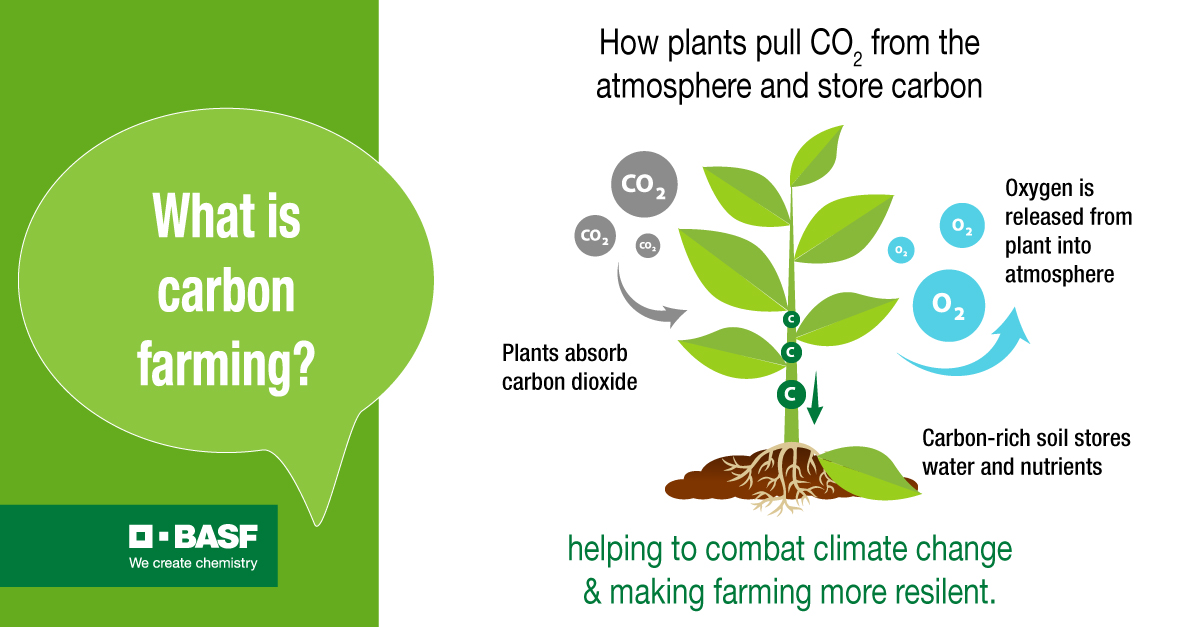Carbon Farming: Seeding the Future of Our Planet
We are enthusiastic about uncovering the layers of the absorbing topic related to Carbon Farming: Seeding the Future of Our Planet. We are here to share insightful data and provide a fresh perspective for readers.
Video about Carbon Farming: Seeding the Future of Our Planet
Carbon Farming: Seeding the Future of Our Planet

Climate change, with its far-reaching consequences, stands as one of the most pressing challenges facing humanity. While reducing greenhouse gas emissions remains paramount, growing interest has emerged in the potential of carbon farming – a suite of agricultural and forestry practices designed to capture and store atmospheric carbon, mitigating climate change and enhancing ecosystem health.
Understanding the Basics: Carbon Sequestration and Farming
Carbon sequestration refers to the long-term storage of carbon dioxide (CO2) from the atmosphere. Natural ecosystems, such as forests and oceans, play a crucial role in this process. Carbon farming aims to amplify these natural processes through deliberate agricultural and land-use practices.
Harnessing Nature’s Power: Key Carbon Farming Techniques
A variety of techniques under the umbrella of carbon farming have been developed, each with unique benefits and considerations:
1. Regenerative Grazing:
This method focuses on mimicking natural grazing patterns to promote soil health and carbon sequestration. Rotational grazing, where livestock are moved frequently between pastures, allows grazed areas to recover, reducing soil erosion and stimulating plant growth that draws down atmospheric carbon.
2. No-Till Farming:
By eliminating traditional tillage practices, no-till farming leaves crop residues on the soil surface, protecting it from erosion and enhancing microbial activity. This activity accelerates the breakdown of organic matter, increasing soil carbon content.
3. Cover Cropping:
Planting non-cash crops during fallow periods, known as cover crops, provides numerous benefits. They suppress weeds, improve soil structure, and add organic matter as they decompose, effectively sequestering carbon in the soil.
4. Agroforestry:
This practice integrates trees and shrubs into agricultural landscapes, creating diversified ecosystems that offer multiple benefits. Trees absorb significant amounts of CO2, while their roots improve soil fertility and reduce erosion. Agroforestry can also provide habitat for wildlife and enhance biodiversity.
5. Conservation Tillage:
This technique minimizes soil disturbance, allowing for greater carbon sequestration compared to conventional tillage practices. Practices like strip-till, where specific rows are tilled, are examples of conservation tillage.
6. Silvopasture:
Combining trees with grazing, silvopasture creates a mutually beneficial system. Trees provide shade and supplemental forage for livestock, while their roots improve soil health and sequester carbon. This practice enhances grassland productivity and resilience.
7. Biochar Application:
Biochar, a charcoal-like material produced from the pyrolysis of biomass waste, has a high carbon content and exceptional stability.
When incorporated into soil, biochar acts as a permanent carbon sink, improving soil structure, water retention, and nutrient availability.
Beyond Carbon Storage: Multiple Benefits of Carbon Farming
Carbon farming offers a range of environmental, social, and economic benefits beyond just climate change mitigation:
- Enhanced Soil Health: Improved soil structure, fertility, and water holding capacity contribute to increased agricultural productivity and resilience.
- Biodiversity Support: Many carbon farming techniques promote biodiversity by creating diverse habitats for plants and animals.
- Water Quality Improvement: Reduced soil erosion and improved water infiltration through carbon farming practices help protect water resources from contamination.
- Climate Resilience: Healthy, carbon-rich soils are more resilient to climate extremes, such as droughts and floods.
Economic Opportunities: Carbon Market and Beyond
Closure
We trust this article has provided clarity on Carbon Farming: Seeding the Future of Our Planet. Thank you for your attention to this article. Catch you in the next one!.

No comments:
Post a Comment